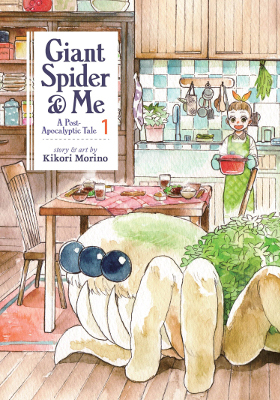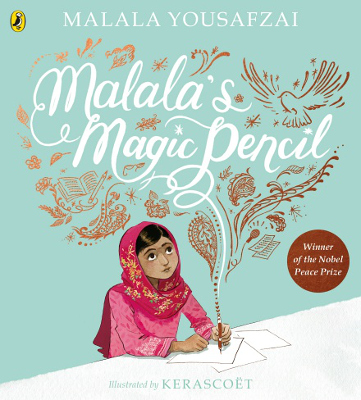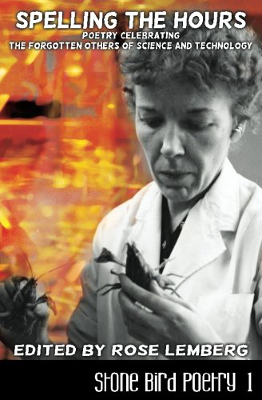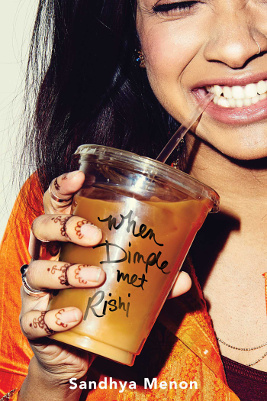 Full Title: Giant Spider & Me: A Post-Apocalyptic Tale Vol. 1
Full Title: Giant Spider & Me: A Post-Apocalyptic Tale Vol. 1
Series: Giant Spider & Me, #1
First Published: February, 2018
Genre: Young Adult Fantasy / Manga
Contributors: Kikori Morino (author, illustrator); Adrienne Beck (translator); Ysabet Reinhardt MacFarlane (adaptation); Jennifer Skarupa (lettering, retouch); Nicky Lim (cover designer)
Available: Amazon.com | Amazon UK
Nagi is a twelve-year-old girl living alone on a mountain. Asa is a giant spider. They meet and spend their days cooking and getting to know each other.
This is the first book in a manga trilogy. The interior is black and white, with a colour cover and title page. Though it’s a post-apocalyptic setting, this is one where nature has taken over rather than being destroyed. Lush vegetation has covered the remains of the old world. That feel is enhanced by the watercolour artwork.
There is a slice-of-life focus to the main story, with activities such as cooking, harvesting food and caring for the house. There is some threat from humans and a brief fight scene with a wild dog, though none of this is graphic and issues are quickly resolved (apart from the cliffhanger at the end of the book, though that is quickly resolved in the next book).
Initially, Nagi sees Asa as a human replacement, but soon realises that Asa is their own thing and can’t be expected to fit human expectations. This is shown in direct ways, such as Nagi considering that she needs to learn about what it means to be Asa. It’s also shown indirectly, such as referring to Asa with gender-neutral they, rather than trying to make the spider fit a human gender role.
Asa isn’t like a typical spider in some ways, as they have teeth and chew food to eat. They use two tentacle-like appendages to manipulate things. They also understand basic instructions. It’s uncertain where Asa comes from, but the leaves growing on them makes them seem very much part of the post-apocalyptic world.
Cooking is a big part of the book. Each chapter has a recipe, which Nagi shows in detail (with help from Asa). The ingredients are summarised at the end of the recipe. I chose the first recipe to try, which was chewy pumpkin dumplings.

Image Caption: Four pumpkin dumplings on a white plate with a purple cloth underneath. The dumplings have an outer wrapping of dough, which is light brown from frying. They’re flattened and roundish in shape, with dough folds visible on the top.
In general, I felt the instructions were easy to follow, though it did help to write them out rather than trying to use the original book. Later recipes have fewer timings included compared to the first one, so some cooking experience is helpful.
The choices in the recipe helped bring out the flavour. It was a good idea to steam the pumpkin initially and using sesame oil to fry the dumplings gave extra flavour to the dough. However, there weren’t any extra seasonings in the filling, so I did change things a bit. I split the filling in half and kept half plain (like the original recipe) and added ginger to the other half. Then I fed them to my family.
Unfortunately, sweet pumpkin just wasn’t really our thing, even with added ginger. I did have fun trying it and it’s clearly a recipe written from experience. It’s really just down to personal food tastes.
I enjoyed this book. It’s quiet and gentle. It focuses on food and friendship. Asa the spider is adorable, giant teeth and all. This was exactly what I needed, so I’m glad I read it.
 First Published: 17th October, 2017
First Published: 17th October, 2017 Full Title: Spelling the Hours: Poetry Celebrating the Forgotten Others of Science and Technology
Full Title: Spelling the Hours: Poetry Celebrating the Forgotten Others of Science and Technology First Published: 1st June, 2017
First Published: 1st June, 2017 Series: Wayward Children, #1
Series: Wayward Children, #1